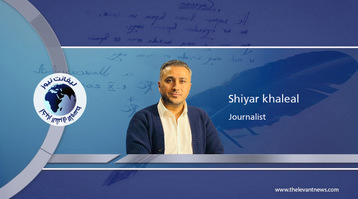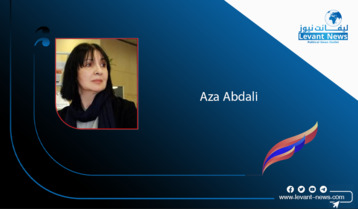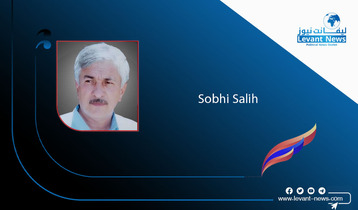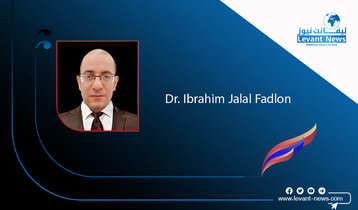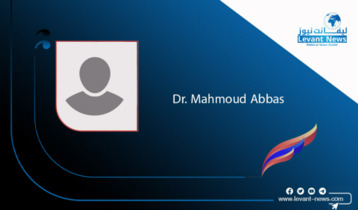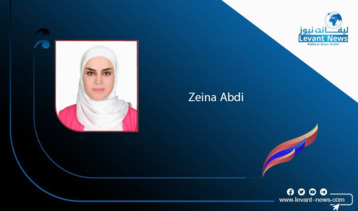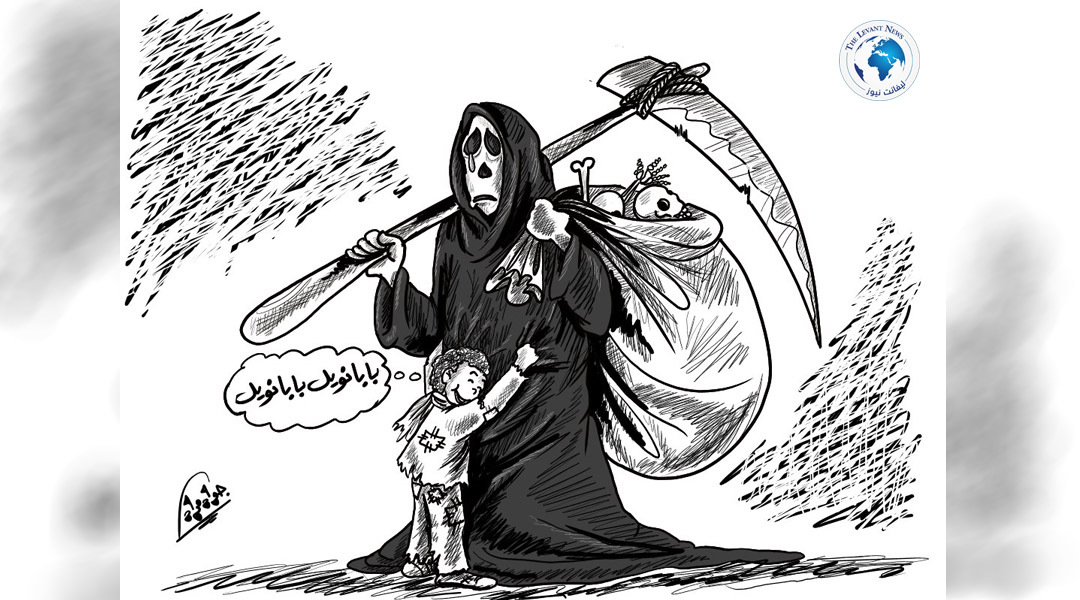-
Conference Hasaka and Damascus Conference: Between a Unified Homeland and a Monochrome State
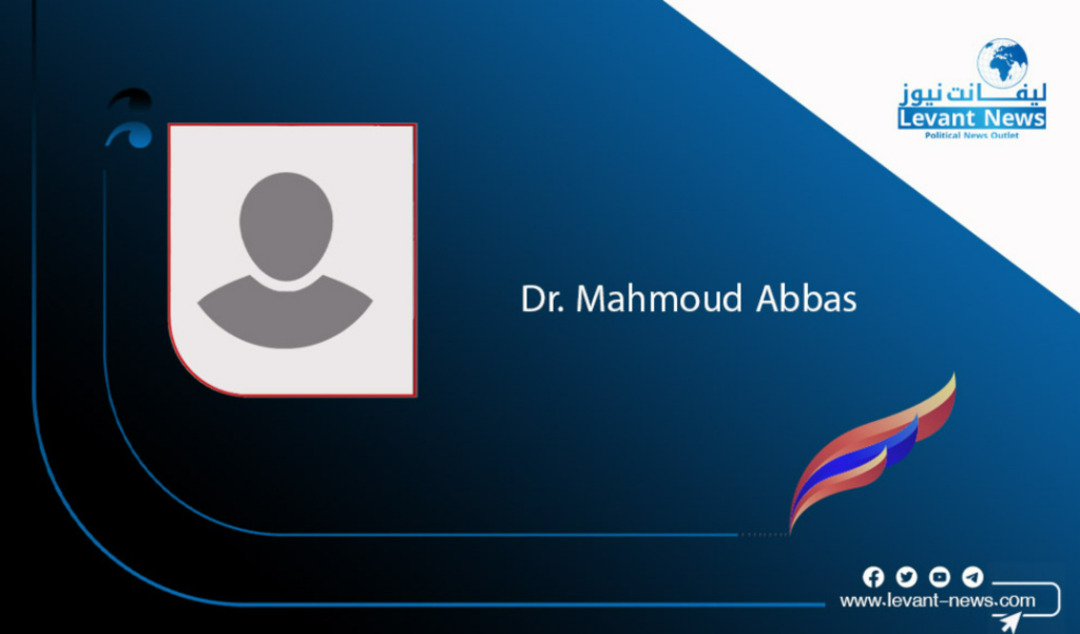
On August 8, 2025, the city of Hasaka witnessed an exceptional national event: the convening of a unification conference for the components of North and East Syria. It was not merely a political meeting or a protocolary gathering but a unifying platform surpassing narrow identities and a national cry against all exclusionary projects threatening Syria’s unity and future. This event sent a clear message to the Syrian Transitional Government, regional powers, and the entire world about what the envisioned Syria should be.
Notably, Kurdish political movements and parties did not participate with their traditional party weight alone but joined with other Syrian components, emphasizing their national, social, and cultural diversity. They transformed the conference into an open platform for all Syrian voices, embodying the depth of patriotism rooted in Kurdish culture — a patriotism based on acceptance of others, pride in diversity, and the conviction that a nation’s strength derives from its pluralism, not exclusivity.
Although it was called a “conference” rather than a “meeting” or “conference,” its content and political horizon far exceeded the scope of traditional Syrian conferences. It embraced a wide spectrum of national, religious, and social components, reaffirming that the future Syria will not be built on one color but on genuine pluralism that ensures the partnership of all its people. The Hasaka Conference presented a tangible example of how to establish patriotism on the ground — not merely as a motto but as a governance mechanism and political practice rooted in diversity, built on equal representation and mutual respect.
Conversely, the scene takes us back to what happened in Damascus on January 17, 2025, where the so-called “Syrian National Conference” was held. Its apparent aim was Syrian unity, but its core intent was to consolidate one color and impose decision-making centrality in the hands of a specific religious–national component, at the expense of others. The Damascus Conference marked the beginning of a serious rift within the national fabric, resulting in constitutional and legislative outputs—drafting a constitution worse than those of the Baath and Assad regimes, expanding presidential powers, establishing a parliament disconnected from the Syrian homeland, and imposing a “transitional government” for five years under the actual control of Hay’at Tahrir al-Sham leaders.
This exclusionary approach birthed policies and practices harboring seeds of national disintegration: massacres on the coast, undisclosed persecutions of the Christian component culminating in the Mar Elias Church massacre, massacres in Swaida against the Druze united, and a strategic escalation of hate speech against the Kurdish people under various political and propaganda masks. These outcomes essentially laid the foundation for a monochrome Syria — denying the right to diversity and replacing the concept of a single homeland with that of a single authority.
The Joulani government justifies these practices claiming they are “newly established” in managing the country, as if it hadn’t governed Idlib and its surroundings for over a decade—a period sufficient, if nationalism were their concern, to build an inclusive governance model, draft a comprehensive constitution, and involve all components in managing and building the state. However, the experience demonstrated that their management was merely a reproduction of exclusionary approaches, albeit with new tools.
In contrast, the experience of self-administration in North and East Syria, which began almost simultaneously, represented the opposite of this exclusionary model. Despite frequent attacks and ongoing sieges—particularly by Turkey and regional adversaries—they preserved the spirit of the original Syrian revolution, a revolution that championed freedom and dignity and insisted that the homeland can only be built through genuine partnership among all its people. The Self-Administration provided a model of participatory governance—rights are protected, identities are respected, and state institutions are built based on equality, not dominance.
The Hasaka Conference was not just a local gathering but a profound national message to Syria’s internal and regional and international communities. It underscored that Syria’s future will only be secure and stable if it adopts an inclusive project—namely, the decentralized federal system—that guards against division, which the Joulani government’s policies push toward, and prevents the re-establishment of a mono-color state. The Kurdish region, that is, the Self-Administration area, offered the world a tangible proof that Syria can be a homeland for all, and that patriotism is not just a cosmetic phrase but an everyday political practice.
International experiences have shown that states built on one color and one component quickly turn into fragile entities that collapse at the first internal or external test. A homeland that does not accommodate everyone protects no one, and a state built on exclusion falls into disintegration before its pillars are complete. Conversely, genuine pluralism—as demonstrated by the Hasaka Conference—is not merely a political choice but a historic guarantee of Syria’s unity and its fortress against collapse. The choice between the Hasaka model and the Damascus model is not just a matter of governance style but a fundamental decision: whether Syria remains a national state.
Mahmoud Abbas
You May Also Like
Popular Posts
Caricature
opinion
Report
ads
Newsletter
Subscribe to our mailing list to get the new updates!

